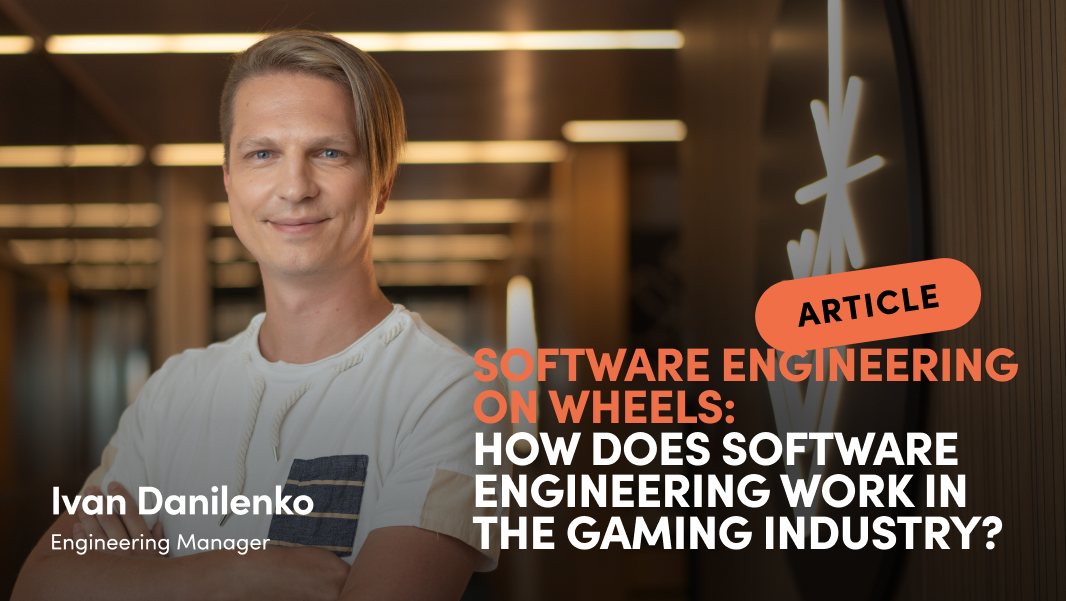
Our software engineers introduced the French wheeled division with two new features: auto-aim and two driving modes, Cruise and Rapid. High speed made it difficult to lock on target while driving, so the Magnet auto-aim made combat a lot more enjoyable.
In addition, starting with the Tier VIII Panhard AML Lynx 6×6, players could now choose from either Rapid mode, which made vehicles fast but clunky, or Cruise mode, which had superior handling at the price of speed.
Developers also focused on active spotting:
the faster you drive, the more chances of spotting enemy vehicles and escaping undetected. It’s a risky move because players have to get close to the enemy as the view range is quite limited. However, it’s a rewarding tactic if you play your cards right and manage to escape.
The controls required getting used to because wheeled vehicles can’t turn instantly like their tracked cousins. But they have other advantages. For instance, if several wheels are damaged, you can still easily escape destruction. But it’s crucial that you step on it because most enemies can easily penetrate the hull of these armored vehicles. Engaging in duels, let alone ramming, is just not worth it. On the bright side, you can let off steam by shooting at a lone SPG or spinning a slow one.
One of our World of Tanks developers, Engineering Manager Ivan Danilenko shed some light on how the new vehicle type was created.
Surrounded by Tanks:
“In the beginning, the most difficult part was deciding what to do with the radically new vehicles in the game. Until recently, everything was dedicated exclusively to tanks. After all, every part of the project, from the source code of the game subsystems and UI texts to development tools and team workflows was built around the fact that World of Tanks was about tanks. All player notifications, as well as voiceovers, included the words tank, tracks, etc.
At the prototyping stage, we tried tuning the wheeled vehicles based on tank physics in order to understand how wheeled battle would work in our game. However, it quickly became clear that we couldn’t do without reworking part of the physical model of vehicle movement.”
Making Wheels Work:
“We wanted players to have no regrets about not choosing a tank. From the first seconds, the wheeled vehicle had to be a perfect driving experience. It was also important that they were comfortable, easy to manage, and didn’t punish players for alternating between driving to fighting. As a result, the physical behavior model had to be significantly reworked, and reworked in such a way that the large-scale changes would not affect the existing vehicles.”
Closer to Reality:
“At the prototyping stage, we were already developing algorithms that would simulate wheel contact with various surfaces, the implementation of gearboxes, differentials, and so on. It had to feel realistic. However, in the beginning, it was more important to understand whether fast-wheeled vehicles fit into the game with relatively slow tanks and whether they violated the balance and feel of the game. We tested all hypotheses and ideas on the prototype, which gradually became more functional and more interesting in test battles. Some features that were developed at the prototyping stage were released, albeit in a slightly different way.”
Software Engineering at Wargaming is an IT art of its own. The good news is that Software Engineers are not born masters, they become masters. You can start with the Software Engineering course within the WG Forge program. You will have three months of online classes with the most experienced developers in the gaming industry, and the best students will have a chance to join Wargaming.
This link might be your first step to becoming a Software Engineer!
And don’t forget to subscribe to our website updates. ? Good luck!